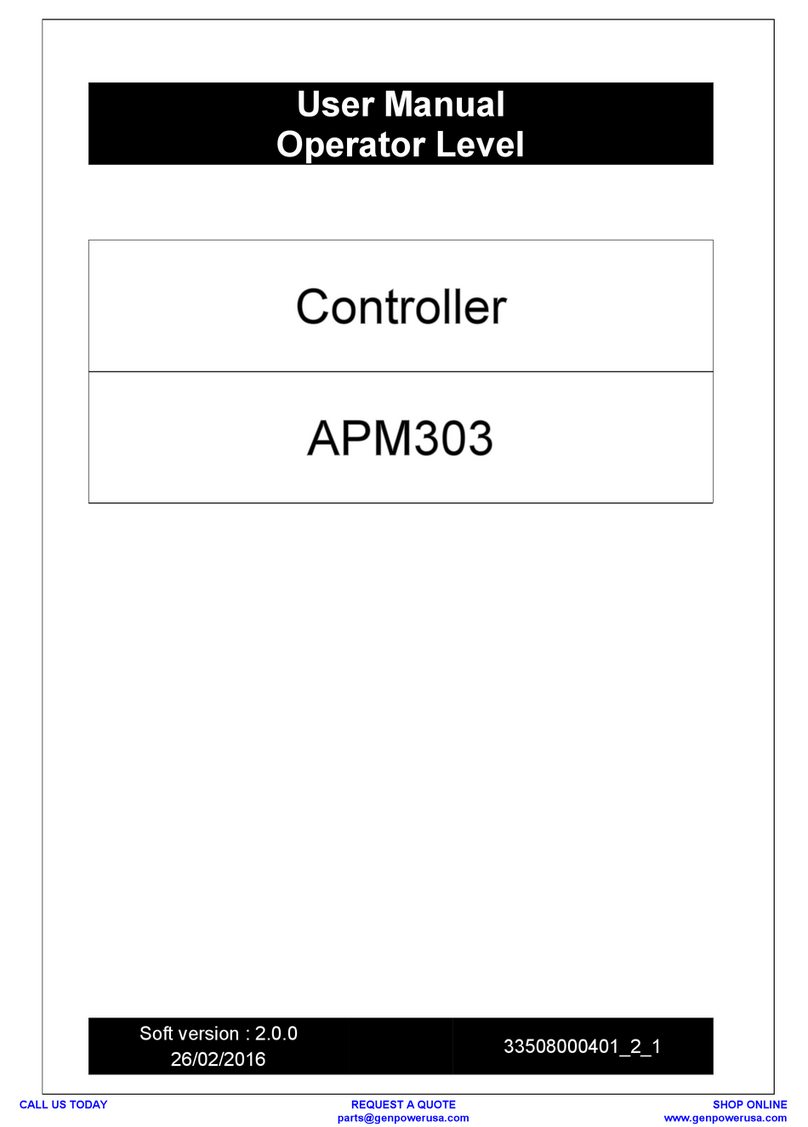2/22 Ref. GPAO : 33502017201_1_1
1. Introduction to MICS Nexys .........................................................................................................................................................3
2. Description ....................................................................................................................................................................................3
2.1. Standard configuration.....................................................................................................................................................3
2.1.1 Presentation of the front panel.........................................................................................................................................4
2.1.2 Introduction to pictograms...............................................................................................................................................5
2.1.3 Introduction to the rear panel...........................................................................................................................................6
2.2. Safeguards........................................................................................................................................................................6
3. Use ................................................................................................................................................................................................7
3.1. Manual mode ...................................................................................................................................................................8
3.1.1 Starting the generating set ...............................................................................................................................................8
3.1.2 Stopping the generating set..............................................................................................................................................9
3.2. Automatic mode...............................................................................................................................................................9
3.2.1 Starting the generating set ...............................................................................................................................................9
3.2.2 Stopping the generating set............................................................................................................................................10
3.3. Special features of automatic mode ...............................................................................................................................11
3.4. Emergency stop..............................................................................................................................................................11
4. Alarms and faults ........................................................................................................................................................................12
4.1. Display...........................................................................................................................................................................12
4.2. Appearance of a fault or an alarm..................................................................................................................................12
4.3. List of faults which will cause the generating set to stop and generate a pictogram......................................................13
4.4. List of faults which will cause the generating set to stop and generate a fault code......................................................14
4.5. List of alarms associated with a pictogram....................................................................................................................15
5. Special notes................................................................................................................................................................................15
6. Fault finding ................................................................................................................................................................................17
7. Maintenance ................................................................................................................................................................................17
7.1. Replacing the fuse..........................................................................................................................................................17
8. Programming visualisation..........................................................................................................................................................18
9. Viewing the different screens......................................................................................................................................................19




























